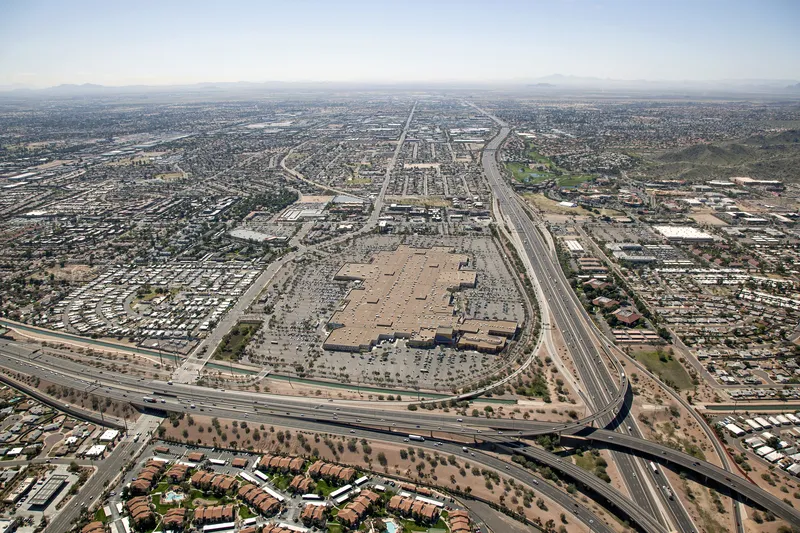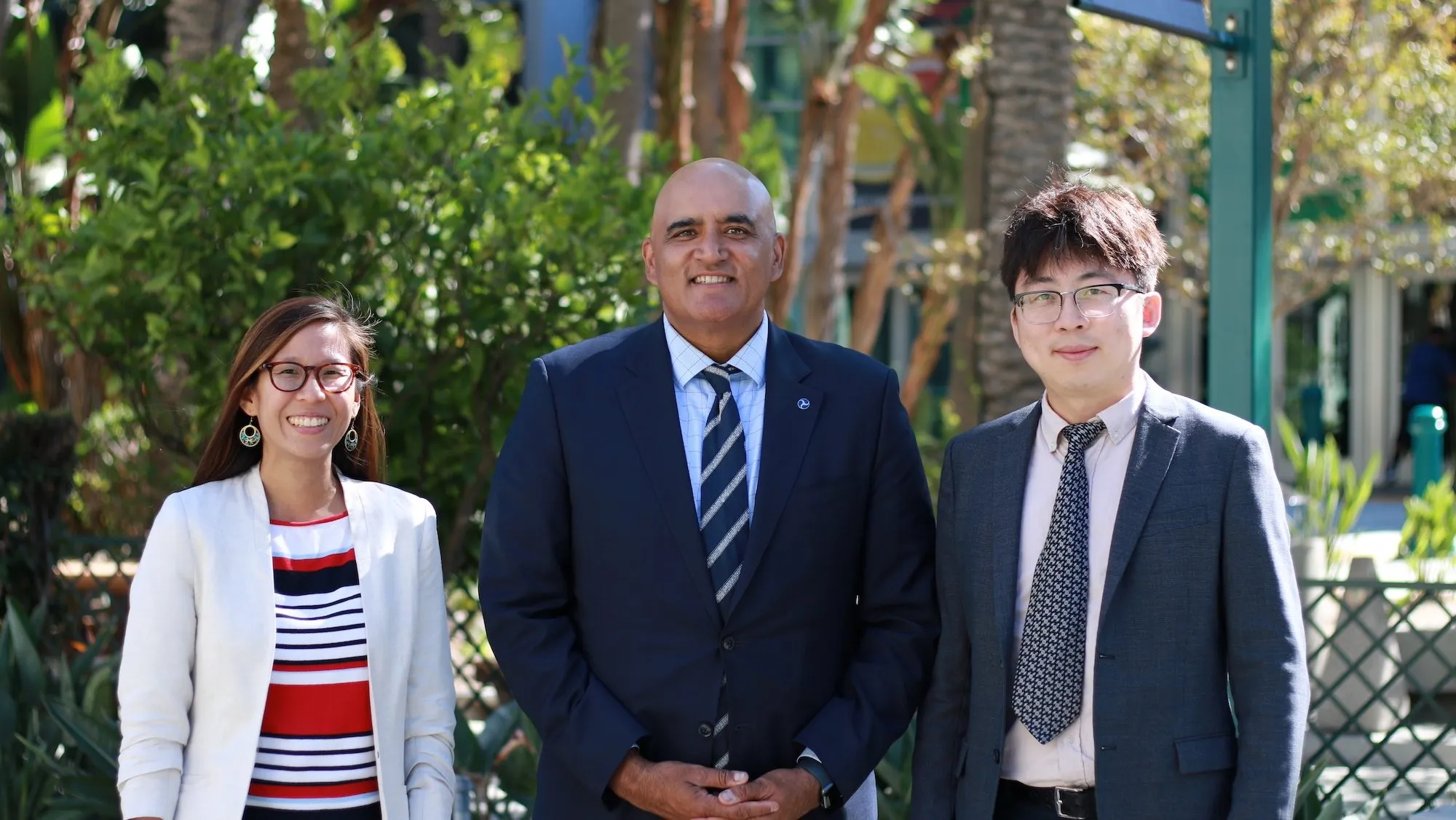The University of Michigan has announced the establishment of the Michigan Mobility Transformation Centre as a partnership with government and industry to dramatically improve the safety, sustainability and accessibility of the ways that people and goods move from place to place. According to Peter Sweatman, director of the U-M Transportation Research Institute (UMTRI) and director of the new centre, emerging technological advances could bring substantial benefits to society.
May 16, 2013
Read time: 2 mins
The 5594 University of Michigan has announced the establishment of the Michigan Mobility Transformation Centre as a partnership with government and industry to dramatically improve the safety, sustainability and accessibility of the ways that people and goods move from place to place.
According to Peter Sweatman, director of the U-M Transportation Research Institute (UMTRI) and director of the new centre, emerging technological advances could bring substantial benefits to society.
"Integrating the most promising approaches to mobility into a coordinated system could reduce motor vehicle fatalities and injuries as well as energy consumption and carbon emissions by as much as a factor of ten," Sweatman said. "We also estimate that freight transportation costs could be cut by a factor of 3, and the need for parking could go down by a factor of five."
A key focus of the MTC will be a "model deployment" that will allow researchers to test emerging concepts in connected and automated vehicles and vehicle systems in both off-road and on-road settings.
The model deployment will build in part on a US$25 million study for the324 US Department of Transportation now under way at UMTRI. Researchers there have outfitted nearly 3,000 private cars, trucks and buses in Ann Arbor with wireless devices to communicate information that can be used to alert drivers of potential crash situations to each other as well as to similar devices located at intersections, curves, and freeway sites in the area.
Data gathered from this pilot project will be used to inform future policy decisions by the USDOT.
According to Peter Sweatman, director of the U-M Transportation Research Institute (UMTRI) and director of the new centre, emerging technological advances could bring substantial benefits to society.
"Integrating the most promising approaches to mobility into a coordinated system could reduce motor vehicle fatalities and injuries as well as energy consumption and carbon emissions by as much as a factor of ten," Sweatman said. "We also estimate that freight transportation costs could be cut by a factor of 3, and the need for parking could go down by a factor of five."
A key focus of the MTC will be a "model deployment" that will allow researchers to test emerging concepts in connected and automated vehicles and vehicle systems in both off-road and on-road settings.
The model deployment will build in part on a US$25 million study for the
Data gathered from this pilot project will be used to inform future policy decisions by the USDOT.










